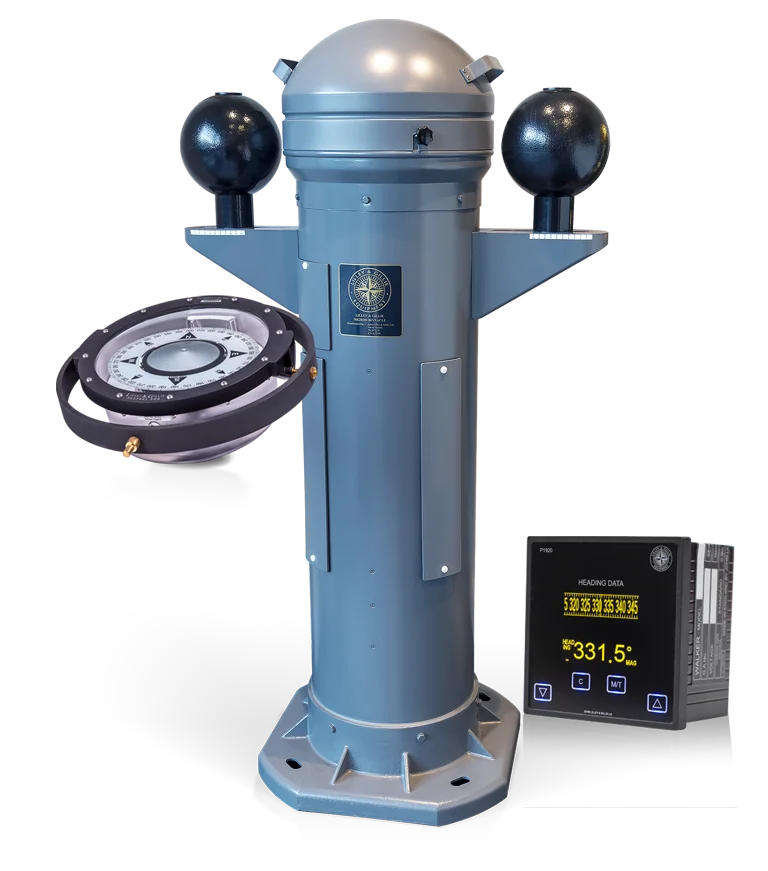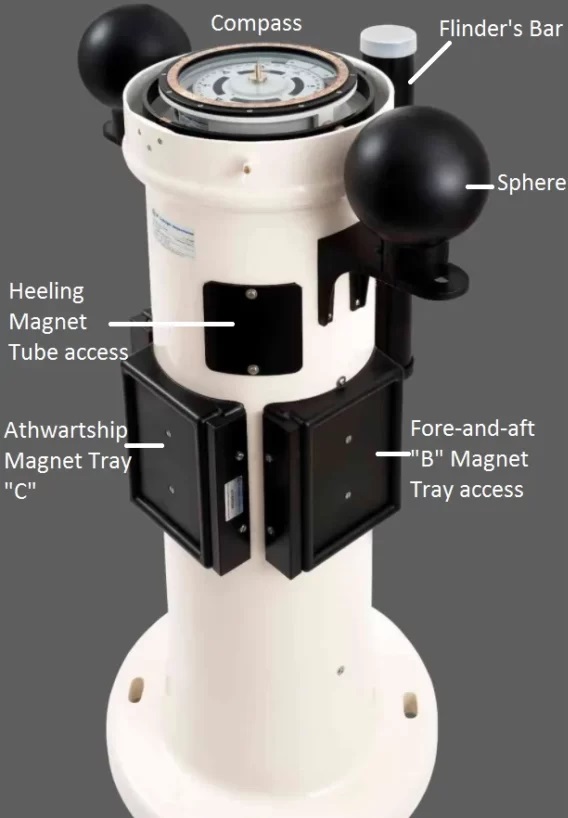
MAGNETIC COMPASS CALIBRATION DEVIATION CARD
SEANAV MARINE emphasizes the significance of magnetic compasses in ensuring the safety of navigation. It is the responsibility of vessel owners and masters to maintain and regularly check their magnetic compasses to guarantee their proper function. In addition, a table or curve of residual deviation must be kept on board for reference.
When observations show that the magnetic compass deviation exceeds 5 degrees on any heading, a qualified compass adjuster must make the necessary adjustments. This is crucial to ensure accurate navigation and prevent potential hazards.
To support vessel owners and masters in complying with these regulations, SEANAV MARINE has a team of trained engineers who can perform annual magnetic compass calibration and issue deviation cards during sea trials. Clients can rely on our experience and expertise in this field for the proper maintenance of their magnetic compass calibration and deviation card. Don’t hesitate to contact us for any magnetic compass calibration needs.


